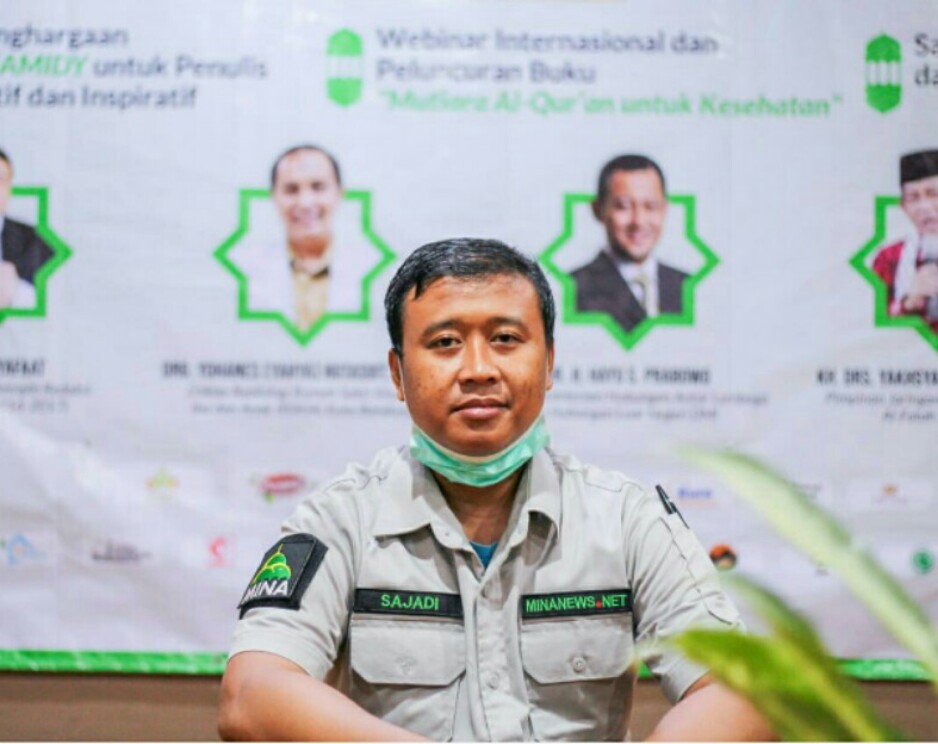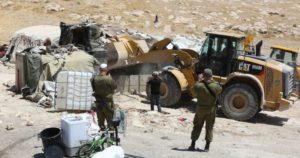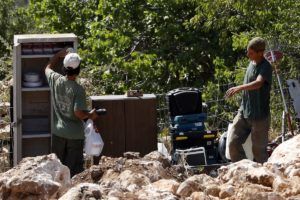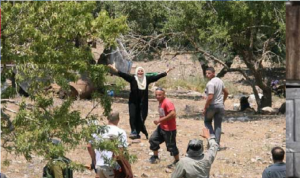Salfit, MINA – Dozens of Jewish extremist settlers stormed ancient Islamic sites in the town of Kifl Haris, north of the West Bank city of Salfit.
The WAFA News Agency reported on Friday that Israeli forces closed the city’s entrance to provide protection for the extremist settlers who continue to break into and desecrate the holy sites of Propeth Thu Al-Kifl, Propeth Thu An-Noon and Prophet Yosha, causing tension in among the townspeople.
The raids took place from 10:30 p.m on Wednesday evening until dawn Thursday during the settlers performed a provocative ritual at the sacred site.
Israel uses the Jewish nationalist name “Judea and Samaria” to refer to the occupied West Bank in order to reinforce its false claims to the territory and give them a veneer of historical and religious legitimacy.
Also Read: Hamas Denies Israeli Claim of Ending Ceasefire
There are more than 700,000 illegal Israeli Jewish settlers living in settlements in the West Bank and East Jerusalem.
Salfit became the second district after Al-Quds (Jerusalem) was targeted by Jewish settlements to separate the northern West Bank and its southern region and control groundwater in the district.
Located about five kilometers north of the city of Salfit, Kifl Haris has a population of around 4,450 people and occupies an area of 9,300 dunams.
Under the Oslo Accords, an agreement drawn up 25 years ago that was supposed to last only five years towards a self-governing state with Israel, the Palestinian Authority was given limited control over 42 percent of the total area of the village, classified as area B, which is built up village territory.
Also Read: Israeli Army Seizes Over 1,000 Dunums of Palestinian Land in Northern Jordan Valley
In contrast, Israel retains control of the rest, classified as Area C, which consists mostly of agricultural areas, open space and land confiscated for colonial settlements.
Israel has confiscated most of the village land for the construction of Ariel, the West Bank’s second largest colonial settlement in terms of size.
They have confiscated more land for the construction of Shortcut 5 and Street 505 for Israeli settlers, which stretch 4.6 kilometers over the village’s land. (T/RE1)
Mi’raj News Agency (MINA)
Also Read: 21 Palestinians Killed in Israeli Airstrikes Across Gaza in Major Ceasefire Violation




































 Mina Indonesia
Mina Indonesia Mina Arabic
Mina Arabic